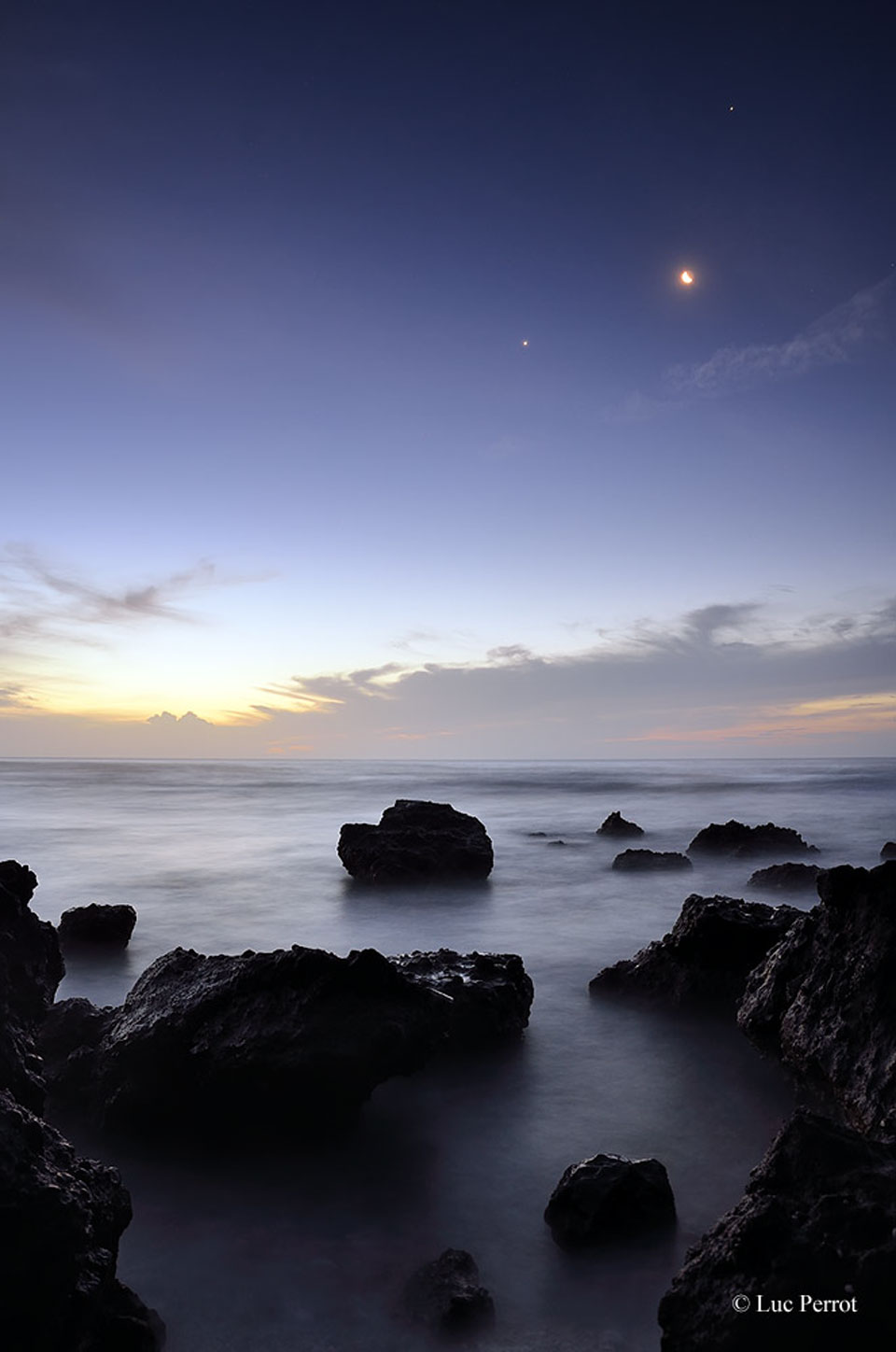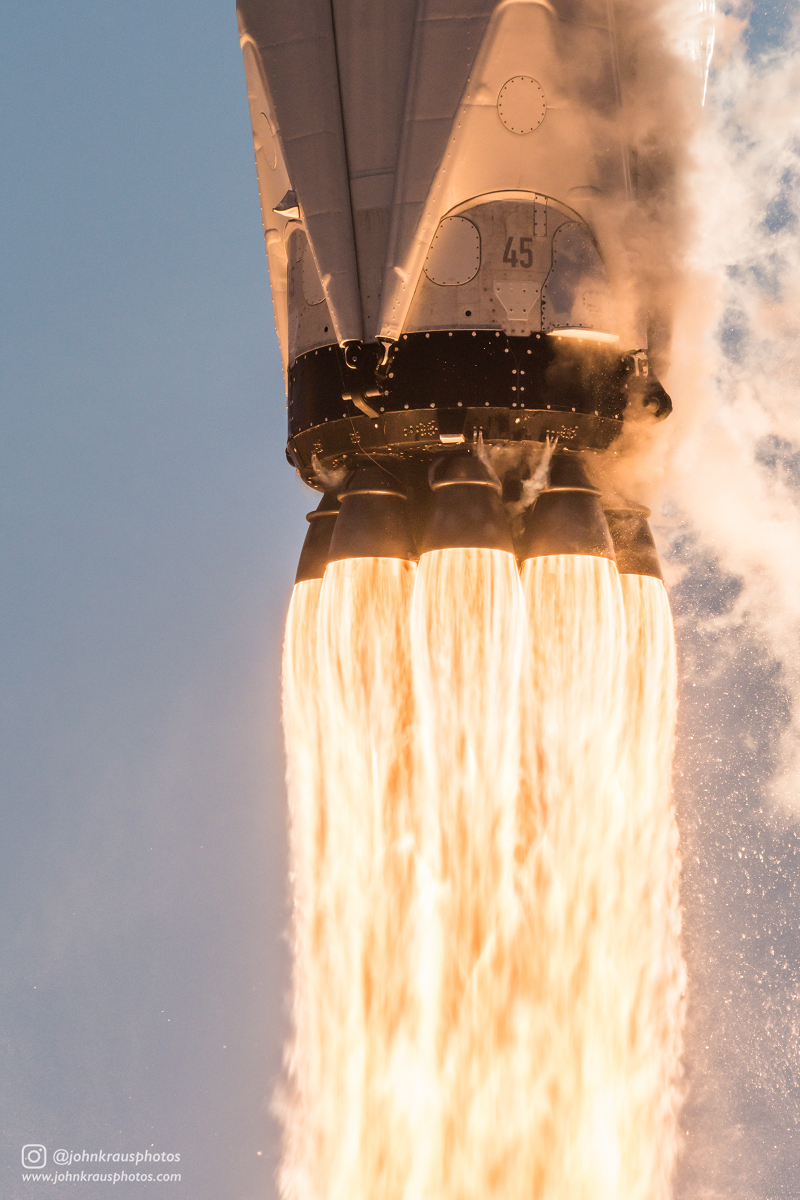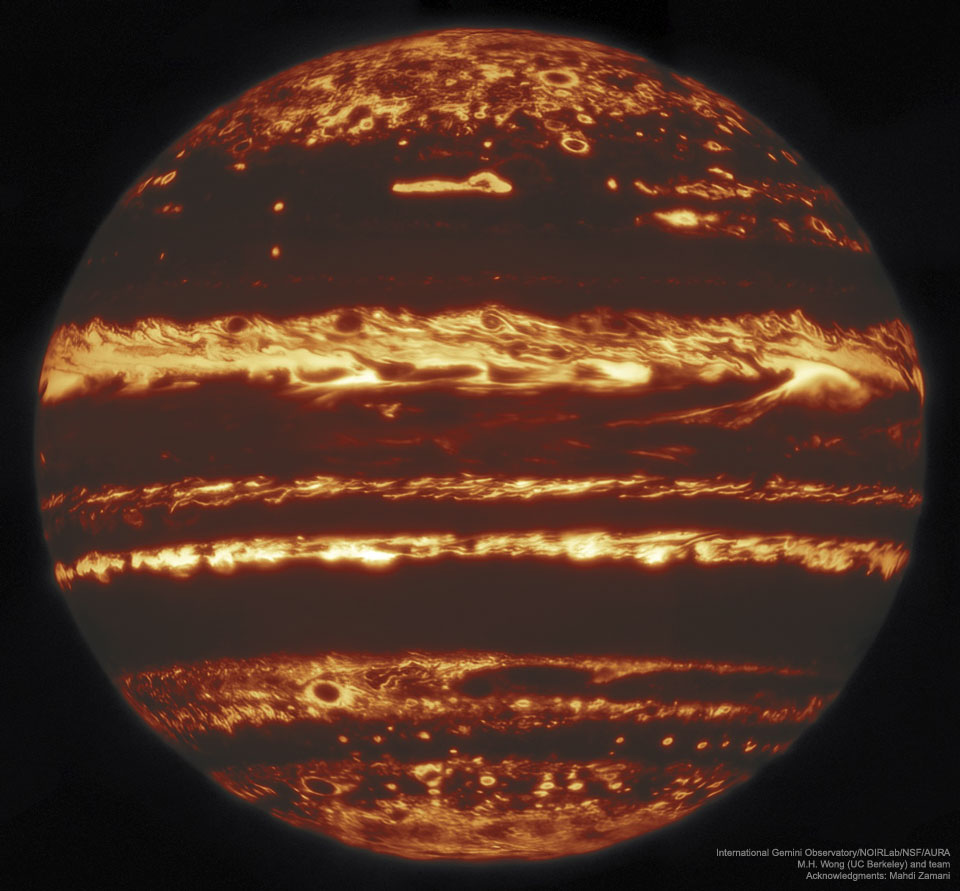Space at
your fingertips.

"I want to know why the universe exist, why there is something greater than nothing."

Steven Hawking
Scientist, Space Lover

You don't have to be on Reunion Island to see this week's planetary conjunction. Only if you want to see this picturesque seascape as well. To see the conjunction from just about anywhere in the world, look to the west after sunset. The first planet you may notice is Venus, the brightest object in the western sky. Above Venus, the second brightest object is Jupiter. The hardest planet to spot is Mercury, which is visible only briefly after sunset as a faint dot just above the horizon. Picturesque rocks leading out from Reunion Island to the Indian Ocean populate the foreground of the above picture. Taken last week, the distant planets Venus and Jupiter were joined by a bright crescent Moon, which has now moved away. Students (of all ages): See free astronomy lectures online

NASA's Transiting Exoplanet Survey Satellite (TESS) began its search for planets orbiting other stars by leaving planet Earth on April 18. The exoplanet hunter rode to orbit on top of a Falcon 9 rocket. The Falcon 9 is so designated for its 9 Merlin first stage engines seen in this sound-activated camera close-up from Space Launch Complex 40 at Cape Canaveral Air Force Station. In the coming weeks, TESS will use a series of thruster burns to boost it into a high-Earth, highly elliptical orbit. A lunar gravity assist maneuver will allow it to reach a previously untried stable orbit with half the orbital period of the Moon and a maximum distance from Earth of about 373,000 kilometers (232,000 miles). From there, TESS will carry out a two year survey to search for planets around the brightest and closest stars in the sky.

In infrared, Jupiter lights up the night. Recently, astronomers at the Gemini North Observatory in Hawaii, USA, created some of the best infrared photos of Jupiter ever taken from Earth’s surface, pictured. Gemini was able to produce such a clear image using a technique called lucky imaging, by taking many images and combining only the clearest ones that, by chance, were taken when Earth's atmosphere was the most calm. Jupiter’s jack-o’-lantern-like appearance is caused by the planet’s different layers of clouds. Infrared light can pass through clouds better than visible light, allowing us to see deeper, hotter layers of Jupiter's atmosphere, while the thickest clouds appear dark. These pictures, together with ones from the Hubble Space Telescope and the Juno spacecraft, can tell us a lot about weather patterns on Jupiter, like where its massive, planet-sized storms form. Notable APOD Submissions: Flower Moon 2020
 Expanse
Expanse